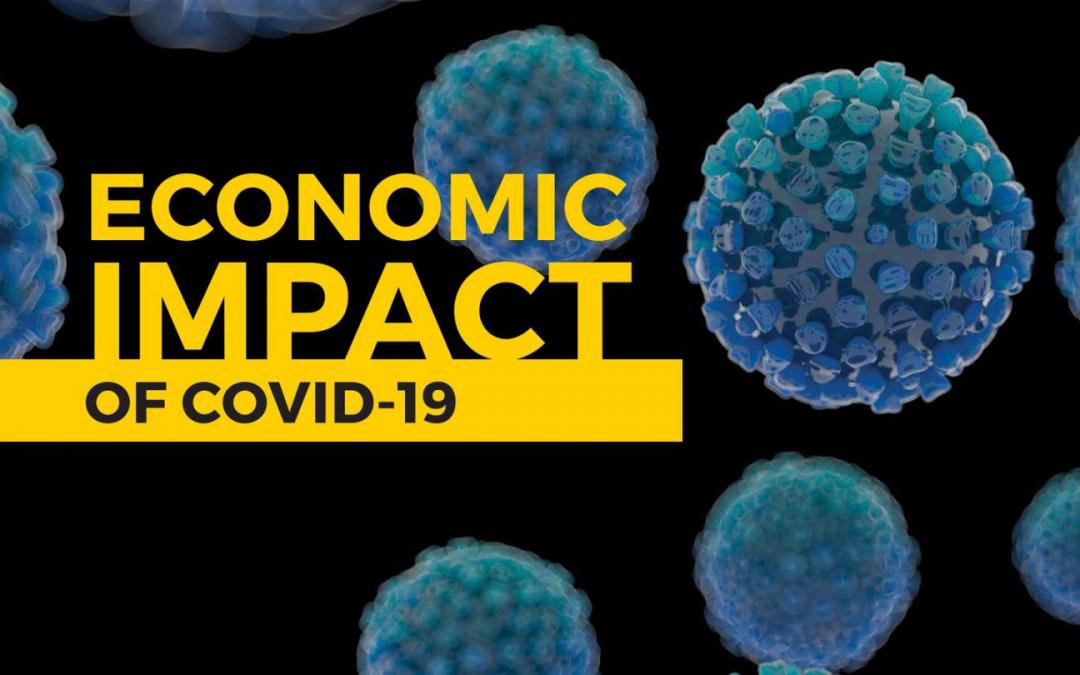University of Wisconsin Oshkosh supply chain management researchers who studied Wisconsin business survey responses from April and May say manufacturers were “cautiously optimistic” moving forward.
Still, the number of permanent layoffs increased from 3% to 8% of employees of the nearly 130 manufacturing survey respondents. The increase represented six more businesses with permanent layoffs.
“We offer insight showing that long-term viability is coming at the expense of cuts to employment,” said authors of the article exploring manufacturing in Wisconsin during the COVID-19 pandemic, UW Oshkosh College of Business faculty Jason Woldt and Michael Godfrey. “We analyzed the words in the written responses of both surveys using a text analysis tool, which showed no change in the sentiment of the survey respondents from April to May.”
Woldt and Godfrey serve as professor and department chair; and assistant professor, respectively, in UWO’s supply chain management department.
Because a majority of manufacturers were considered essential businesses they did not need to completely shut down operations and were less impacted by COVID-19 than other business sectors.
 “The May survey results did offer signs of overall improvement, but future viability and more incremental improvement depend a lot on the resiliency of the consumer,” Woldt said. “The jury is still out on that.”
“The May survey results did offer signs of overall improvement, but future viability and more incremental improvement depend a lot on the resiliency of the consumer,” Woldt said. “The jury is still out on that.”
Some manufacturers may see pent-up demand that will result in more business over the summer months, but other manufacturers will likely see a continued decrease in business as large sections of the economy continue to be partially closed and consumers continue to be cautious, the UWO researchers said.
The manufacturing data was part of a larger data set that included other industries. The survey was distributed to state businesses on April 1 by UWO’s Center for Customized Research and Services in partnership with the Wisconsin Economic Development Corporation. A second survey was sent May 1.
By the numbers
As Wisconsin entered its eighth week of a safer-at-home order, manufacturers were reporting difficult operating conditions.
The surveys showed manufacturing business viability of more than 10 months, increasing from 22.7 % in April to 47.6 % in May. The percentage of firms that applied for financial assistance went from 76% in April to 89% in May.
“It is clear from the survey data that business viability comes at a cost,” the researchers said in an article. “While long-term business viability has improved, manufacturing firms have been taking strategic measures to preserve liquidity, e.g., using employment cuts.”
The Paycheck Protection Program was designed as a means for employers to maintain current levels of employment, but the survey results indicate that a larger percentage of firms have been making cuts in employment. Furloughs and temporary layoffs went from 35% in April to 43% in May, but what is more concerning to the researchers is the jump in permanent layoffs from 3 % to 8 % from April to May.
For those that executed permanent job cuts, the Paycheck Protection Program financial assistance will be considered a low-interest loan rather than a grant, noted Woldt and Godfrey in their analysis.
The UWO supply chain management researchers said it will be interesting to review results of a follow-up survey in June, given the safer-a-home order was struck down by the Wisconsin Supreme Court May 13—a week after the close of the May survey.
The pair of articles (written by Woldt individually and then Woldt and Godfrey together) are not published in a journal—but were written as a way to share key themes observed in the data. Woldt posted an article to his LinkedIn account and was surprised to see it had more than 5,500 views. He thought it had enough interest to write another article with Godfrey.
The coronavirus pandemic has UW Oshkosh faculty members working with state government organizations and state businesses.
“UW Oshkosh plays an important role in partnering with state government through the Wisconsin Economic Development Corporation,” Woldt said. “This type of partnership allows us to quickly gather, analyze and interpret the data to better understand the business climate in the state.”
Learn more:
- An Update to Manufacturing in Wisconsin Through the Coronavirus ― The Good, The Bad and The Cautiously Optimistic
- Manufacturing in Wisconsin Through the Coronavirus: The Good, The Bad and The Ugly
- Study business at UW Oshkosh

